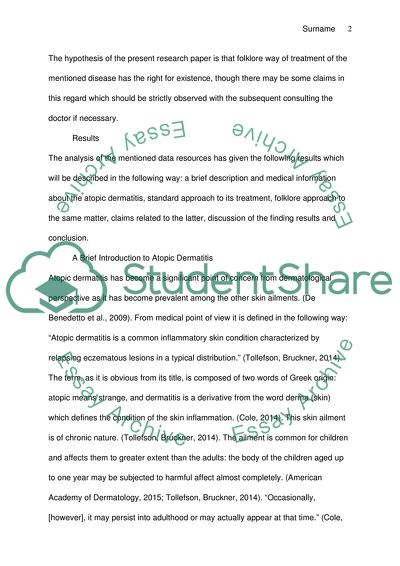Cite this document
(Atopic Dermatitis: Treatment by Means of Plants Research Paper, n.d.)
Atopic Dermatitis: Treatment by Means of Plants Research Paper. https://studentshare.org/health-sciences-medicine/1879084-skin-ailments
Atopic Dermatitis: Treatment by Means of Plants Research Paper. https://studentshare.org/health-sciences-medicine/1879084-skin-ailments
(Atopic Dermatitis: Treatment by Means of Plants Research Paper)
Atopic Dermatitis: Treatment by Means of Plants Research Paper. https://studentshare.org/health-sciences-medicine/1879084-skin-ailments.
Atopic Dermatitis: Treatment by Means of Plants Research Paper. https://studentshare.org/health-sciences-medicine/1879084-skin-ailments.
“Atopic Dermatitis: Treatment by Means of Plants Research Paper”. https://studentshare.org/health-sciences-medicine/1879084-skin-ailments.


